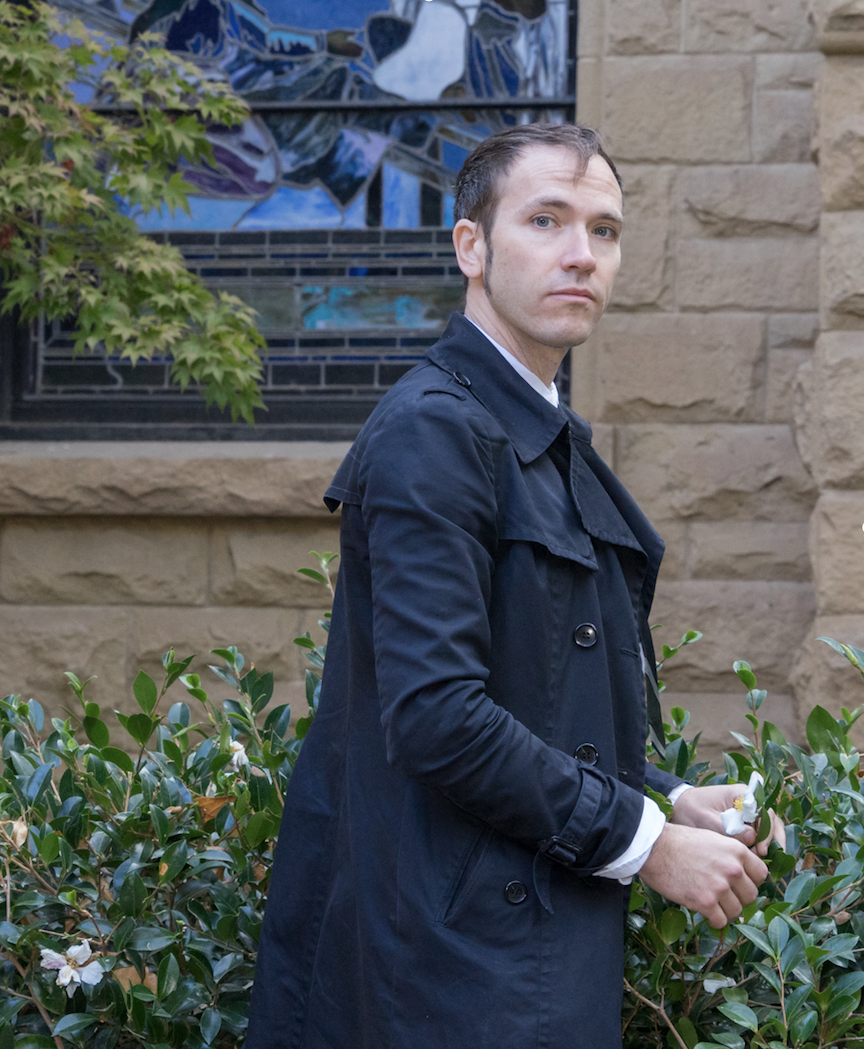Area
Social Sciences, Humanities, and Interdisciplinary Policy Studies in Education (SHIPS)
Dissertation Title
Golden Ages: Chassidic cantorial revivalists in the digital age
Dissertation Abstract
In Brooklyn today, there is an active cohort of young Chassidic singers who are engaged in learning and performing a repertoire derived from classic cantorial records of the early twentieth century. For young Chassidic singers, cantorial music is a genre chosen from among a variety of musical options present in their birth community, but it is neither a pervasive nor especially popular form. Performing classic cantorial music is a medium for creating an identity as an artist and intellectual. The work of cantorial revivalism brings singers into contact with diverse communities that expand the social world of the singer through the process of seeking knowledge about the genre and, later, attaining outlet for performance. Although cantorial music is an element of Jewish culture salvaged from an earlier “Golden Age,” the role the genre plays for Chassidic singers is not conservative in the sense of preserving normative behaviors and frames of mind within the ultra-Orthodox community. Rather, cantorial music creates opportunities for aesthetic exploration and the formation of new communities. The social formations in which revivalists learn and create include: the community of one’s birth; the space of music listening in solitude or groups of engaged listeners; the imagined community with dead musicians formed in countless hours of deep listening to old records and discussion about the artists with other aficionados; the community of practice that young artists form with other aspiring singers and fans in order to learn about their discipline; learning associations of varying degrees of formality with cantorial pedagogues and voice teachers; and, finally, the community of employment where musicians learn how to implement their knowledge in the context of the sociality of ritual and stage performances. In each of these communities, cantorial revivalists must implement their knowledge about music in different ways. And in each of these communities the singer’s multiple identities, as musician, expert in cantorial music, and as a Chassidic Jew, are implemented, improvised upon and changed.
